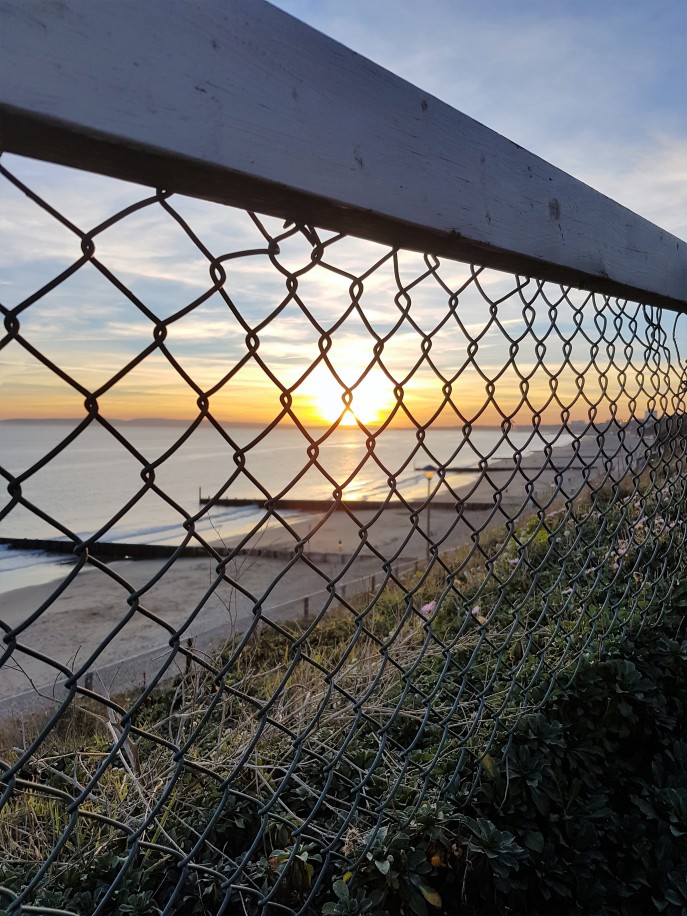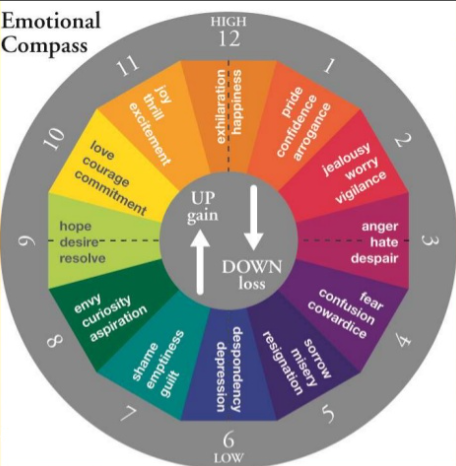
The new year always brings new plans, and I do like that aspect of the new year. In January I started thinking about what challenges I could do – what marathons or swims or other physical challenges. And then my little voice chipped in – you know the one that sits on your shoulder and whispers its wisdom in the early hours – ‘sort your mind out’
I’ve been writing this blog for 2 years and when I read back I see so much soul searching and guilt on the need to produce and be meaningful. Two years on, my mind is still racing around, pit stopping at the guilt feelings and generally going at full pelt to get nowhere. Living in the moment and feeling contented are fleeting moments in my head and I would really really like them to stay around a little longer and take root.
Last month I realised the extent of my busy mental processes. I’ve been doing some CPD for counselling and we were role playing to practise talking to clients about unhelpful thinking styles and patterns. I was in the role of client and so shared a recent event that entailed my husband not responding in a rapid manner to a text message. Within hours I had imagined that a) the dog had come to harm b) my husband had fallen down the stairs or c) both of the above. Apparently, the Wi-Fi was off. It dawned on me that my unhelpful thinking style is quite clearly on the catastrophizing spectrum. Not a surprise to some who know me, but still one of those ‘ta da’ moments for me and a realisation of how unhelpful my thinking can be.
I need to do something, the challenge for 2017 is laid down – I need to find some new methods of being in the moment and finding contentment and stopping the wild thoughts. I have no idea how this might work. Physically I can help by not chasing any PB’s and letting go of the need to prove anything to myself physically and give my mind a chance to catch up. Stop running away from my mind.
Meditation is another obvious tool – so I’m trying to challenge myself to giving this a good go. I’ve tried twice and my mind is rebelling, but I didn’t think this would be easy and I’ll persevere. Finding my steady mental pace is going to be a whole lot harder than finding my marathon one.


 There’s been a lot of talk recently about ‘taking control’. Teresa May wants to give us ‘more control over our lives.’ Brexiters talk about wanting to ‘get back control’ of the Country. I don’t really know what any of this actually means in practice. At the moment I feel like many people – waiting to see how things turn out. I feel as if we’ve all moved into Limboland for a while.
There’s been a lot of talk recently about ‘taking control’. Teresa May wants to give us ‘more control over our lives.’ Brexiters talk about wanting to ‘get back control’ of the Country. I don’t really know what any of this actually means in practice. At the moment I feel like many people – waiting to see how things turn out. I feel as if we’ve all moved into Limboland for a while.



 I will admit to feeling rather laid back this month, I think in a good way. I’ve curbed my reflective – ‘what is the meaning of life’ thoughts and just got on with stuff. Nothing ground breaking but just getting on with stuff has been good. Of course it’s not quite enough just to get on with stuff because I’m starting to think about the stuff I’ve been getting on with and if it’s been worthy or useful or interesting. And that’s where I’m currently at – what makes the stuff we do interesting – to us or to anyone else?
I will admit to feeling rather laid back this month, I think in a good way. I’ve curbed my reflective – ‘what is the meaning of life’ thoughts and just got on with stuff. Nothing ground breaking but just getting on with stuff has been good. Of course it’s not quite enough just to get on with stuff because I’m starting to think about the stuff I’ve been getting on with and if it’s been worthy or useful or interesting. And that’s where I’m currently at – what makes the stuff we do interesting – to us or to anyone else?  So January and the media is full of new year, new you, how to be fitter, more successful, reach your goals, be happier, drink less (or not at all) etc. etc. It’s quite exhausting and after my strivings of 2015 I’m ignoring all of it – apart from the happy bit – that’s always good to aim for. So how do I start climbing those ladders. Well according to a 75 year old Harvard study it’s all about being socially connected and having good relationships. If that is all you do, you’ll be happier and healthier than most. Check out the TED talk by
So January and the media is full of new year, new you, how to be fitter, more successful, reach your goals, be happier, drink less (or not at all) etc. etc. It’s quite exhausting and after my strivings of 2015 I’m ignoring all of it – apart from the happy bit – that’s always good to aim for. So how do I start climbing those ladders. Well according to a 75 year old Harvard study it’s all about being socially connected and having good relationships. If that is all you do, you’ll be happier and healthier than most. Check out the TED talk by 

